
The Samoyed has a compact muscular body that betrays its strength, despite
its relatively small size. It has a powerful, wedge-shaped head, black or brown
almond-shaped eyes and a strong jaw. The Samoyed’s ears, which are perpetually
erect, are thick and furry and are triangular in size. Its coat, which has
an equally thick yet soft undercoat, is dense, which protects it from the cold.
It is the tail, however, that is the distinguishing feature of the Samoyed
breed. The dog’s tail is held in a thick and tight curl across the back.
There are times when the Samoyed sleeps with its tail over their noses, as
this provides additional warmth during extremely cold weather. While there
are some Samoyeds that have straight, uncurled tails, this quality prevents
them from being included in prestigious dog shows. The Samoyed is sometimes
nicknames as “The Smiley Dog” because it has a perpetually smiling
look and is thus, pleasant to look at.
Life Expectancy:
12 to 15 years
Energy Level:
Gentle and peaceful.
Living Conditions:
Indoor/Outdoor/Apartment. Not for hot climates.
Barking:
Higher around strangers.
Exercise Needs:
Daily 20 minute walk. Should not be strenuous.
Breed Group:
Working
Size:
Medium
Height:
Males: 21 to 23 inches
Females: 19-21 inches
Weight:
Males: 45 to 64 pounds
Females: 35 to 50 pounds
Standard Hair Colors:
White, biscuit, yellow and cream colors with silver tips.
National breed club:
Samoyed Club of America
The Samoyed is considered as a cousin of the Siberian Husky. Thanks to their thick and dense coats, they were used as sled dogs by Arctic explorers like Fridtjof Nansen and Roald Amundsen to explore the North and South Poles.
Samoyeds are a very gentle and peaceful breed; too peaceful, in fact, that they’re not very reliable as watch dogs, although they let out a bark when a stranger approaches. While they are generally friendly with everyone, they tend to be very devoted to just one person. Samoyeds are also a very intelligent breed and responds favorably to firm and patient training. However, they have a reputation for being chewers and can become very destructive when left alone.
Samoyeds need a relative amount of exercise, thus, walking and running are advised. However, strenuous routines, especially during warm seasons, are not advised, because their undercoats restrain the loss of heat that was built up during exercise.
Samoyeds can easily adapt to small spaces, especially if they get sufficient exercise in a moderately sized yard. However, Samoyeds are not advised for people who live in hot climates, since its coat is thick and dense.
Because the Samoyed is a heavy shedder, extensive grooming is required. While their coats remain naturally white despite sporadic baths, their thick, fluffy coats need frequent brushing. Use a metal comb to allow deep penetration and to accelerate the shedding process, allowing the Samoyed to regain its naturally fluffy appearance. Use a mild shampoo when bathing so as not to strip the coat of its natural oils. Also, make sure that its diet contains a good amount of fish and meat.
Samoyed dogs are to hip dysplasia, skin allergies and eye problems such as cataracts and glaucoma.
You may also take a liking to the Siberian Husky, which is a close cousin
of the Samoyed. This breed is perfect for those who live in areas with cool
climates.
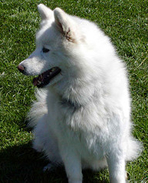
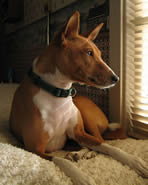 Basenjis: A guide to dogs and puppies of the Basenji breed
Basenjis: A guide to dogs and puppies of the Basenji breed
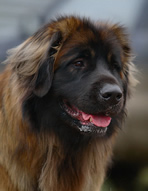 Leonbergers: A guide to dogs and puppies of the Leonberger breed
Leonbergers: A guide to dogs and puppies of the Leonberger breed
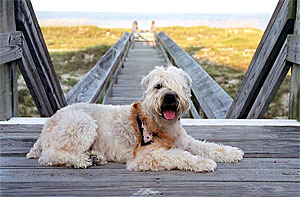 Soft Coated Wheaten Terrier
Soft Coated Wheaten Terrier
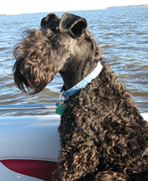 Kerry Blue Terriers: A guide to dogs and puppies of the Kerry Blue Terrier breed
Kerry Blue Terriers: A guide to dogs and puppies of the Kerry Blue Terrier breed
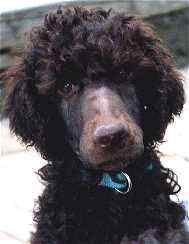 Standard Poodle
Standard Poodle
 Siberian Huskys: A guide to dogs and puppies of the Siberian Husky breed
Siberian Huskys: A guide to dogs and puppies of the Siberian Husky breed
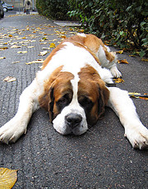 Saint Bernards: A guide to dogs and puppies of the Saint Bernard breed
The Saint Bernard!
The Saint Bernard is a very large and mu
Saint Bernards: A guide to dogs and puppies of the Saint Bernard breed
The Saint Bernard!
The Saint Bernard is a very large and mu
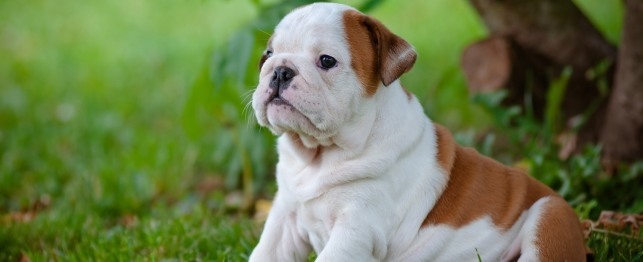 English Bulldogs - Choosing an English Bulldog
English Bulldogs - Choosing an English Bulldo
English Bulldogs - Choosing an English Bulldog
English Bulldogs - Choosing an English Bulldo
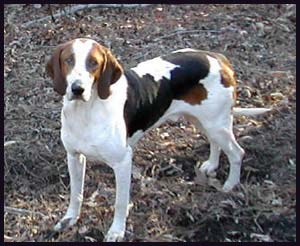 American Foxhound
American Foxho
American Foxhound
American Foxho
 Fila Brasileiro
Fila Brasileir
Fila Brasileiro
Fila Brasileir
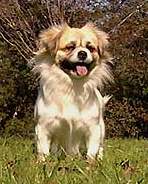 Tibetan Spaniels: A guide to dogs and puppies of the Tibetan Spaniel breed
The Tibetan Spaniel!
The Tibetan Spaniel is a small attract
Tibetan Spaniels: A guide to dogs and puppies of the Tibetan Spaniel breed
The Tibetan Spaniel!
The Tibetan Spaniel is a small attract
Copyright © 2005-2016 Pet Information All Rights Reserved
Contact us: www162date@outlook.com